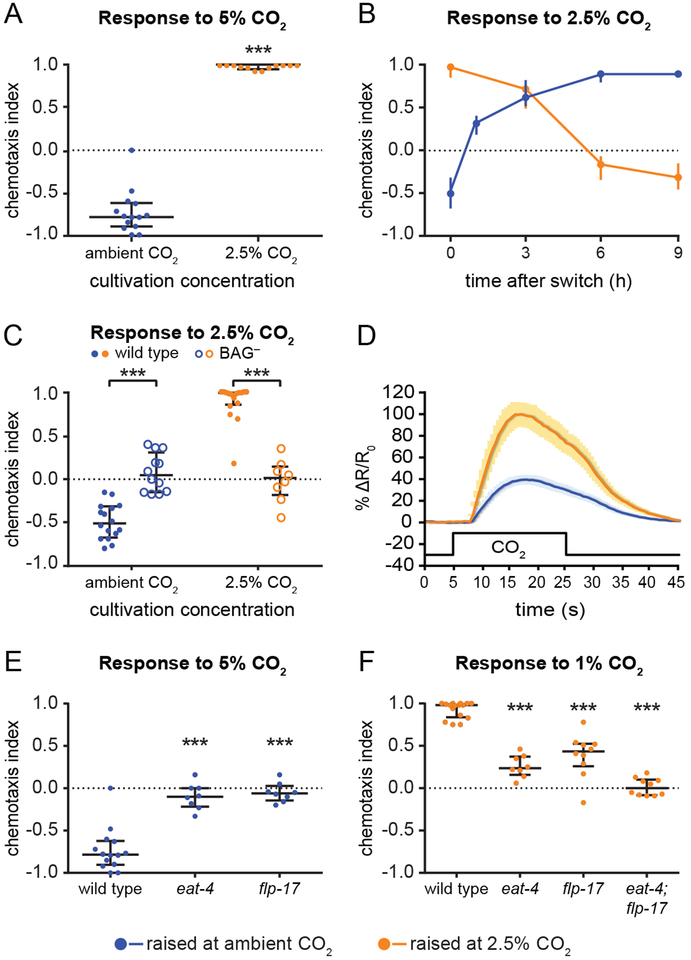Figure 1. C. elegans shows both attractive and aversive responses to CO2.
(A) Animals raised at ambient CO2 (0.038%) avoid 5% CO2, while animals raised at high (2.5%) CO2 are attracted to 5% CO2. ***p<0.001, Mann-Whitney test. n=12–14 trials per condition.
(B) Adults raised at ambient CO2 were incubated at high (2.5%) CO2 for 1, 3, 6, or 9 h and then assayed for their response to 2.5% CO2 (blue), while adults raised at high CO2 were put at ambient CO2 for 3, 6, or 9 h and then assayed for their response to 2.5% CO2 (orange). A switch in CO2 environment triggers a rapid change in CO2 response valence. n=8–24 trials per condition.
(C) BAG sensory neurons are required for CO2 avoidance and attraction. Wild-type animals raised at ambient CO2 avoid 2.5% CO2, while wild-type animals raised at high (2.5%) CO2 are attracted to 2.5% CO2. BAG-ablated animals (BAG-) do not respond to CO2 under either condition. ***p<0.001, two-way ANOVA with Sidak’s post-test. n=8–16 trials per condition.
(D) BAG neurons of animals raised at high (2.5%) CO2 respond more robustly to CO2 than BAG neurons of animals raised at ambient CO2. Graph shows the calcium responses of BAG to 15%CO2, for animals raised at ambient CO2 (blue) or high CO2 (orange), measured using the ratiometric calcium indicator yellow cameleon YC3.60. Solid lines indicate average calcium responses; shading represents SEM. Black line indicates the CO2 pulse. Animals raised at high CO2 show an increased BAG response relative to animals raised at ambient CO2 (***p<0.001, unpaired t test). n=10–15 animals per condition.
(E-F) eat-4 and flp-17 are required for normal CO2 response. (E) Mutation of eat-4 or flp-17 abolishes CO2 avoidance in animals raised at ambient CO2. Responses shown are to 5% CO2. ***p<0.001, Kruskal-Wallis test with Dunn’s post-test. n=8–14 trials per genotype and condition.
(F) Mutation of either eat-4 or flp-17 reduces CO2 attraction, and mutation of both genes abolishes CO2 attraction, in animals raised at high (2.5%) CO2. Responses shown are to 1% CO2. ***p<0.001, one-way ANOVA with Dunnett’s post-test. n=8–16 trials per genotype and condition.
For A-C, E and F, graphs depict medians with interquartile ranges. See also Figures S1 and S2.

